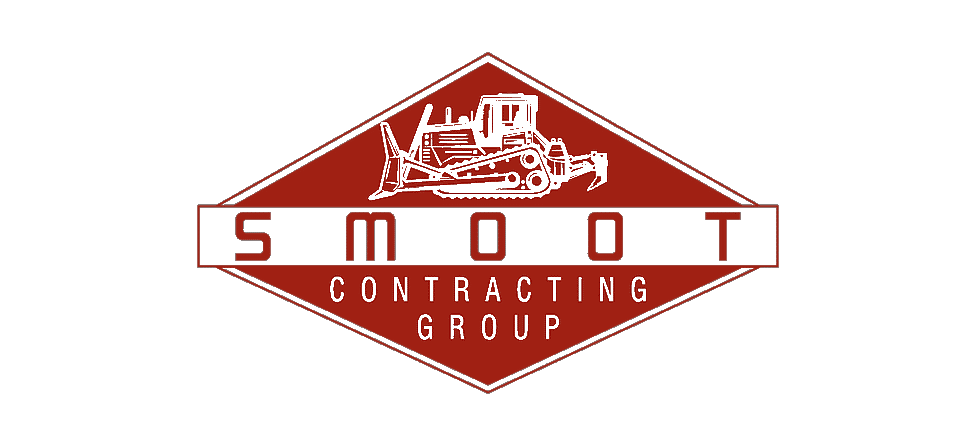Demolition is a process that can seem daunting and destructive, yet when executed with precision and safety, it plays an important role in the development of modern structures.
Demolition dates back thousands of years as ancient civilizations used primitive tools to take down structures for various reasons – from constructing new cities to rebuilding after the destruction caused by war.
Over time, innovations have transformed efficient demolition practices so our current methods are relatively safe and precise compared to their predecessors. In this blog post, we’ll take a closer look at the history of demolition, exploring how ancient techniques evolved into the advanced processes used today.
What Is Demolition and Its Historical Context
Demolition, in its simplest definition, refers to the act of tearing down or destroying a building or structure. This process can be done manually or with the use of heavy machinery.
However, demolition is more than just tearing down structures. It is a crucial part of urban development and city planning. Throughout history, demolition has been utilized to make way for new buildings, infrastructure, and public spaces.
In ancient times, civilizations like the Romans and Egyptians were known for their demolition practices, often using manual labor and simple tools to clear land. Today, demolition is a complex and highly regulated process that involves careful planning, environmental considerations, and safety measures.
Despite its complex nature, demolition remains an essential aspect of our urban landscape, shaping the world we live in.
Ancient Techniques for Demolishing Structures
Throughout history, civilizations have utilized various techniques to demolish structures. While modern technology has made the process faster and more efficient, ancient civilizations had their own ingenious methods for tearing down buildings.
The Assyrians, for example, used battering rams to break through walls, while the Greeks and Romans utilized fire and pickaxes to weaken and dismantle structures. In ancient Egypt, complex pulley systems were employed to lift and move heavy blocks of stone.
While these techniques may seem primitive compared to modern demolition techniques, they were effective in their own right and a testament to the ingenuity of ancient civilizations.
By studying these ancient techniques, we can gain an appreciation for the resourcefulness of our ancestors and gain insight into the evolution of construction and demolition methods over time.
The Emergence of Modern Tools and Techniques
With the fast-paced technological advancements, the emergence of modern tools and techniques has revolutionized the way we work, communicate, and perceive the world around us. From robotics to artificial intelligence and machine learning, these innovative tools and techniques have transformed every aspect of our lives.
They have not only made our tasks easier and faster but also enabled us to achieve greater precision and accuracy in our work. In today’s world, the mastery of these modern tools and techniques is essential for any individual or organization to stay relevant and competitive in the global market.
The Impacts of Industrialization on Demolition Practices
Throughout history, industrialization has had a significant impact on the way we live and work. As industrialization spreads, it has also affected the way we demolish buildings and structures.
The use of heavy machinery has made demolition safer and more efficient than ever before. However, with the convenience of mechanical demolition practices comes the risk of damage to the environment, the people in the surrounding areas, and unforeseen structural damage.
Demolition contractors must take into account the effects of debris and dust, as well as the disturbance caused to nearby residents, and have developed strict guidelines and regulations to help ensure the safety and well-being of everyone involved.
What the Future Holds for Demolition Technology
Demolition technology is constantly evolving, and the future promises even more exciting developments ahead. With a growing emphasis on sustainability, many companies are investing in eco-friendly demolition techniques that reduce waste and minimize environmental impact.
Robotics and artificial intelligence are also playing an increasingly central role in demolition, as advanced sensors and algorithms are able to pinpoint specific weak points in structures and guide robotic machinery with increased precision.
Additionally, the use of drones to capture detailed images and data about the site can greatly enhance safety and efficiency. As the industry continues to embrace new technologies, we can expect to see safer, more efficient, and more environmentally friendly approaches to demolition in the years to come.
Contact Smoot Contracting Group for your demolition needs
It is clear that the history of demolition has come a long way, from ancient pen and pickax techniques to the modern methods we use today.
Though demolition can seem like a daunting task, it can be made much simpler with the right balance of technology and expertise.
For any commercial, industrial, or residential demolition needs you may have, contact Smoot Contracting Group today for reliable and punctual service at competitive rates.

